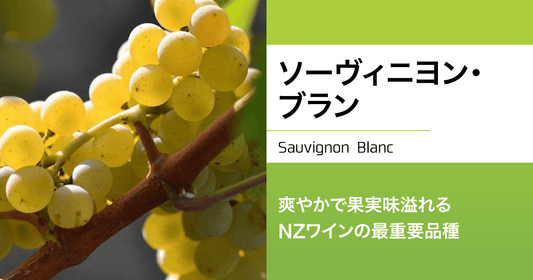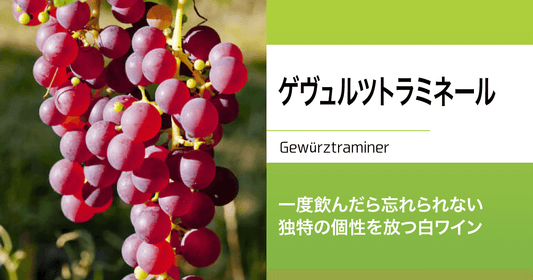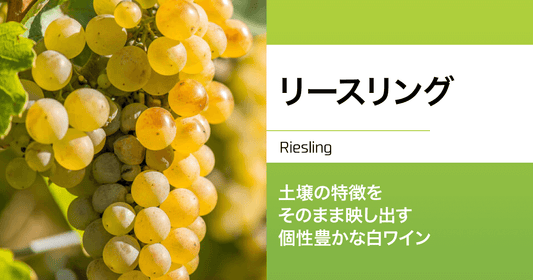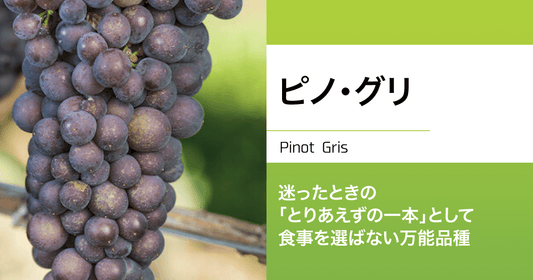
Even if you don't know much about wine, many people have heard of the name "Chardonnay."
Globally, it is the most popular grape variety for white wine, and Chardonnay wine is a staple in Japanese wine stores.
The characteristic of its aroma and flavor is that it "does not have a strong personality, which is a good thing." This makes it easy to pair with a wide variety of foods.
Prices range from affordable options to high-end wines for special occasions.
Chardonnay is known for its ability to vary greatly in flavor depending on the region where it is grown, the environment, and the producer.
In cooler regions it gives a refreshing and clean impression, while in warmer regions it gives a mellow, tropical fruit impression.
Now let's take a deeper look at the appeal of Chardonnay.
A very popular variety that is easy to grow in various regions
There are various theories about its place of origin, but one theory is that it originates from the village of Chardonnay in the Mâconnais region of Burgundy , France.

The Mâcon has a rather warm climate, but Chardonnay can be grown in cooler areas and also grows well in warmer climates.
The fact that it can adapt to a variety of climates and is resistant to disease and mold makes it very convenient for growers.
Characteristics vary greatly depending on the region and producer.
Chardonnay is not a grape that has a strong character of its own, but on the other hand, this means that the differences in the land and environment in which it is grown are directly reflected.
Chardonnay has the unique ability to produce completely different aromas depending on the climate, soil, and cultivation method.
In other words, it could be said that there is value in enjoying the different personalities of various Chardonnays.
There's a way to enjoy Chardonnay like that!
Producers continue to strive to create great wines by inheriting the knowledge of their predecessors, researching, experimenting, and taking on new challenges.
A fragrance that easily expresses the influence of its place of origin
The appearance also varies depending on the region, but generally it is yellowish and turns gold as it matures.
The scents are also varied and it is difficult to grasp their characteristics,
- Cool regions: Citrus fruits such as lemons and limes, apples, and herbs
- Warm regions: mild fruits such as star fruit, quince, peaches, pears, and apricots
You can feel it.
Furthermore, fermenting and aging the wine in barrels enhances the nuances of vanilla, caramel, mushrooms, butter, and bread, adding complexity to the flavor.

Chardonnay generally has a lot of acidity, which is more pronounced in cooler climates.
Rich acidity is an essential element for great wine, but if it is too sharp, fermentation may be carried out to convert malic acid into lactic acid bacteria in order to smooth out the harshness and create a softer wine.
This immediately gives it a softer impression and creates a mellow aroma similar to almond tofu.
A versatile white wine that pairs well with a wide range of foods
Chardonnay is easy to enjoy, even for those who want to try it for the first time.
It's a wine that doesn't make a strong statement in a good way, so it can be paired with a wide range of foods, which is one of its charms. It's a good idea to have a bottle on your dining table.
It goes particularly well with seafood and soft, delicate dishes such as pork.

In terms of Japanese cuisine, it goes well with tempura, pork shabu-shabu, and grilled fish.

Chardonnays from around the world with a variety of characteristics
Chardonnay has a wide range of expression and its appeal cannot be summed up in a single sip, but let's take a look at the unique characteristics of famous regions around the world.
Burgundy, France

Burgundy is one of France's most famous wine producing regions.
In Burgundy, the main white wine produced is Chardonnay.
Among them, one crisp wine that is popular among Japanese people is "Chablis" , which is produced in the cool northernmost region of Burgundy.
This region was once the sea in ancient times, and its soil is rich in minerals and contains oyster fossils.
The defining feature of Chablis influenced by this soil is its crisp, sharp acidity, an elegant flavour that cannot be imitated anywhere else.
It is also used in champagne.

"Champagne" is made in the Champagne region of France. It is a high-class sparkling wine that is extremely popular in Japan.

In fact, Champagne is usually made by blending Chardonnay with two other types of red wine grapes ( Pinot Noir and Pinot Meunier ) (though some champagne does not use all three varieties).
Chardonnay is also an essential ingredient in Champagne, which captivates the world's wealthy.
USA (California)
After France, the second largest producer of Chardonnay is California .
This sun-drenched region is home to fruits such as peaches and apricots, as well as elegant floral scents.
Chile
The best thing about Chilean wine is its cost-performance ratio. It is reasonably priced yet maintains high quality, making it an easy wine to start with even for beginners.
Chilean Chardonnay, which enjoys long hours of sunshine throughout the year, is characterized by its tropical fruit aromas.
One of the most popular varieties in New Zealand, it has a richer fruit flavor.
In New Zealand, the most popular white wine grape variety is Sauvignon Blanc, but Chardonnay has also been gaining popularity in recent years.
By region, Marlborough, New Zealand's largest wine producing region , produces one-third of Chardonnay, followed by Hawke's Bay in the North Island and Gisborne in the northern part of the South Island.
The scent of citrus and tropical fruits reflects the rich nature of New Zealand.
summary
Lack of individuality is what makes it "individuality."
Chardonnay is a versatile variety that changes flexibly depending on where it is grown. It is an idol around the world.
It is also the only variety in New Zealand that has been successfully cultivated in almost every region .
Please enjoy the difference in taste depending on the place of origin.






